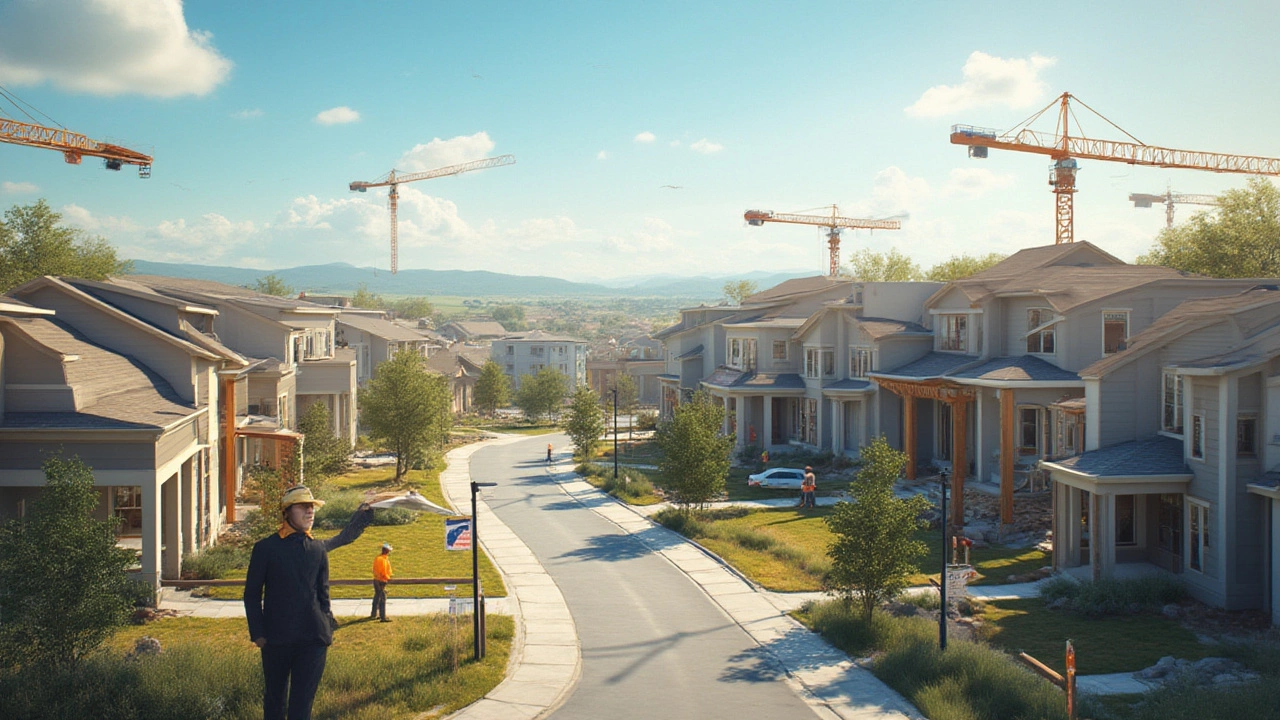New Builds USA – What You Need to Know
Thinking about a brand‑new home in the United States? You’re not alone. Lots of people jump into new builds because they promise a fresh start and modern features. But a new build can also bring hidden headaches if you’re not prepared. Below you’ll find the most useful info to keep your project on track, from budgeting to avoiding mold and foundation problems.
Budget Basics and Real‑World Costs
First up, money. A common myth is that new houses are automatically cheaper than renovations. In reality, the price can jump fast when you add site work, permits, or upgrades. For example, a 2,000 sq ft home in Massachusetts in 2025 can easily top $400,000 once you factor in land, labour and finishing choices. To keep surprise expenses low, set a clear budget that includes a 10‑15% contingency for unexpected items like extra soil work or design changes.
Don’t forget financing. Many homeowners spread the cost over 20‑30 years, but there are short‑term options too, such as construction loans that switch to a regular mortgage once the build is finished. Talk to a lender early so you know which loan fits your timeline.
Common Pitfalls – Mold, Foundations and More
Even brand‑new homes can develop mold. Moisture gets trapped when walls aren’t sealed properly or when ventilation is poor. The signs are a musty smell, discoloration on walls, or even health symptoms like sneezing. The fix is simple: use proper vapor barriers, install exhaust fans in bathrooms and kitchens, and run a moisture test before you close on the house.
Foundation issues are another red flag. Cracks, doors that stick, or uneven floors often point to settling problems. Piers, underpinning or concrete repairs can solve the issue, but they’re pricey. Spot the warning signs early – look for vertical cracks wider than a pencil line and check if the cracks widen over a few days.
Know the local building codes, too. Different states have varied requirements for insulation, earthquake resistance and energy efficiency. Ignoring them can mean costly re‑work later on.
On the design side, staying on trend without over‑spending is doable. In 2025 the hottest living‑room flooring is engineered hardwood and luxury vinyl plank – both look high‑end but cost less than solid wood. Pair them with timeless colour palettes (soft greys, muted blues) to keep the home feeling fresh for years.
Finally, plan your timeline wisely. A small bathroom remodel can take anywhere from two to four weeks, while a full‑home new build may stretch six months or more. Keep communication open with your contractor, and ask for a detailed schedule that flags critical milestones like framing, rough‑in, and final finishes.
By watching your budget, checking for moisture and foundation issues, and staying informed about local codes and design trends, you’ll turn a new‑build project into a smooth, rewarding experience. Ready to start? Grab a notebook, list your priorities, and talk to a trusted builder today.
Who Is the #1 Home Builder in the US? A Deep Dive into the Top American Builders in 2025
- Gavin Whitaker
- |
- |
- 0
Who's dominating the US home builder scene in 2025? Discover the leading giant, how they rank, new-build secrets, and what buyers need to watch out for.
View more